Analysis of the Replica Supply Chain in Global Cross-Border E-commerce
The global cross-border e-commerce replica industry supply chain mainly involves several key stages: Factory → Distributor → Wholesale Stall → E-commerce Seller → End Consumer. The operators of replica cross-border e-commerce sites usually occupy the fourth stage. Below is a brief analysis of each link in the chain:
-
Factories:
Most replica manufacturers are based in China. Unlike the almost risk-free online retail environment, offline factories face certain risks. Therefore, many factories remain “mysterious,” especially large ones—no one really knows their exact locations. Nearly every product category has replicas, including Guangdong’s watch, bag, belt, scarf, perfume, clothing, jewelry, luxury shoes, and Fujian Putian sports shoes industries. Even automotive parts for brands like Mercedes-Benz and BMW are widely found.
Replicas are constantly imitated but also improving. Replica quality can rival genuine products, with “1:1 molds” and “1:1 replicas” commonly used terms. For example, in the watch industry, the Noob factory (N Factory) produces models that even official retailers sometimes cannot distinguish from authentic ones.
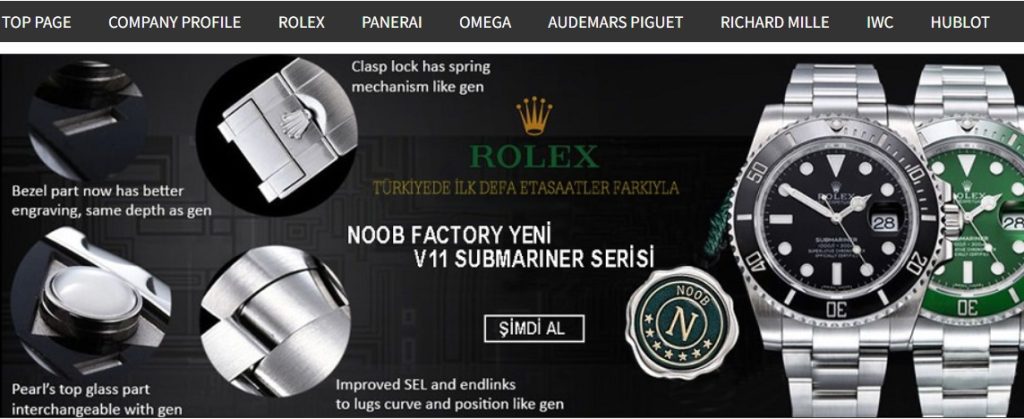
Factories require large order quantities. No factory will produce just a few pieces or small batches for you. Generally, a single SKU (for example, red shoes size 36) will have a minimum order of around 200 pieces. Therefore, replica cross-border Standalone e-commerce website operators should not expect “factory prices,” “direct factory sales,” or “dropshipping” claims from downstream sellers, as these are often marketing tricks.
-
Distributors:
Distributors act as intermediaries between factories and wholesale stalls. Factories require bulk orders, but most wholesale stalls in markets cannot or do not want to take on large stock risks. Distributors aggregate demand from multiple stalls, place large orders with factories, then supply stalls at a “second-tier wholesale price,” earning the margin difference. -
Wholesale Stalls:
These are the third-level agents of factories, mainly located in wholesale markets such as Guangzhou Zhanxi Watch Market, Baiyun Leather Goods Market, Meibo City, International Apparel Wholesale Market, and Putian Anfu Market. -
E-commerce Sellers:
They operate at the trade endpoint, selling online with minimal risk. This includes social media platforms, standalone e-commerce site stores, and excludes major third-party marketplaces like Amazon, AliExpress, and others, which are not feasible for replica sales. SaaS platforms like shopify also lack viability in this space. -
End Consumers:
Consumers worldwide who purchase replica products.
Common Pitfalls in the Replica Product Supply Chain
In the five-layer structure of the replica supply chain, the closer you are to the source, the lower your procurement cost. For most cross-border e-commerce sellers, sourcing directly from factories or large distributors isn’t realistic without bulk volume. Therefore, wholesale stalls in local markets become the only practical option.
However, this stage is full of traps. Many new sellers can’t distinguish real suppliers from resellers and easily fall into pricing scams. The wholesale scene today is highly mixed—some new sellers even source from trading companies, unknowingly adding layers of cost and reducing margins, making sales and scaling much more difficult.
Real-World Examples of Supplier Traps
A. Replica Watches
Basic-quality replica watches typically cost around $40–$70 USD per unit, offering strong value for worldwide buyers. Mid-range high-grade replicas often range between $110–$220 USD, while premium replicas can go over $280 USD, depending on quality level. However, inexperienced buyers may be tricked into paying $140+ USD for an entry-level piece—pure supplier markup.
B. Replica Bags
Entry-level replica bags are usually priced at $30–$55 USD, while “original-order” or higher-tier versions often start at $85 USD or more. Some suppliers may provide lower-tier products while falsely claiming they’re top-quality originals—resulting in mismatched customer expectations and lost trust.
C. Replica Shoes
When ordering small quantities, shoes are often out of stock. Some suppliers will simply attach a random size label to generic public-stock shoes. The result? Size mismatches, customer complaints, returns, and losses—all due to careless or dishonest suppliers.
How to Avoid Supplier Pitfalls in the Replica Industry?
There are three main ways to avoid supplier traps when sourcing replica products:
1). Personal Connections
If you have friends or relatives who run factories or have direct access to replica product sources, this is one of the most secure and cost-effective options. Reliable personal networks help eliminate unnecessary middlemen and reduce the risk of price manipulation.
2). Industry Knowledge + On-Site Research
If you understand the market and pricing structures, visiting wholesale markets such as those in Guangzhou can be a smart move. By comparing products across multiple stalls, evaluating quality firsthand, and negotiating in person, you can gradually build trustworthy supplier relationships. This hands-on approach requires time and effort but pays off in the long run.
3). Work With Trusted Supplier Networks (and Our Own Factory)
For clients working with us, we offer access to a highly curated network of replica suppliers, built through years of hands-on experience in the industry. Every supplier we collaborate with has been carefully vetted for reliability, consistency, and product quality—no random sourcing, no middlemen games.
By the way, we also operate our own factory, which gives us direct control over production timelines, customization, and quality assurance. This allows us to offer clients a higher level of flexibility and stability that most sellers in this industry can’t match.

We provide global one-piece dropshipping for a wide range of replica products, including watches, bags, shoes, and more. Our fulfillment service is fast, discreet, and optimized for international shipping. Whether you’re a beginner just starting out or an established seller looking to scale, our solution can help you reduce upfront inventory costs, avoid supplier headaches, and focus on growing your brand.
 Custom E-commerce Solutions for High-Quality Designer-Inspired Fashion Replicas | Website Development, Dropshipping, Payment Integration for PayPal and Stripe, Ad Cloaking Services
Custom E-commerce Solutions for High-Quality Designer-Inspired Fashion Replicas | Website Development, Dropshipping, Payment Integration for PayPal and Stripe, Ad Cloaking Services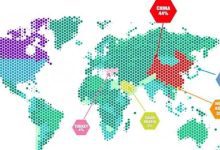
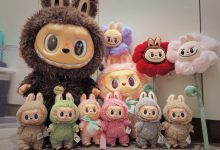
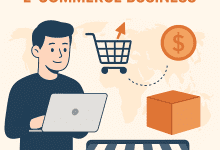


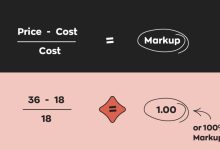





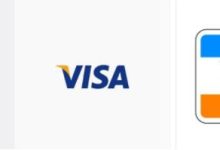




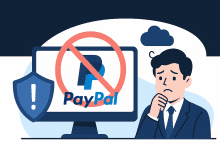






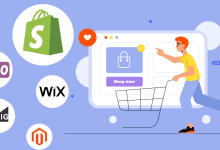
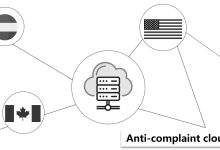




![5 Best WordPress Themes for Replica Product International Trade Websites [Recommended]-Custom E-commerce Solutions for High-Quality Designer-Inspired Fashion Replicas | Website Development, Dropshipping, Payment Integration for PayPal and Stripe, Ad Cloaking Services](https://replicasmaster.com/wp-content/uploads/2025/06/1-1-220x150.jpg)